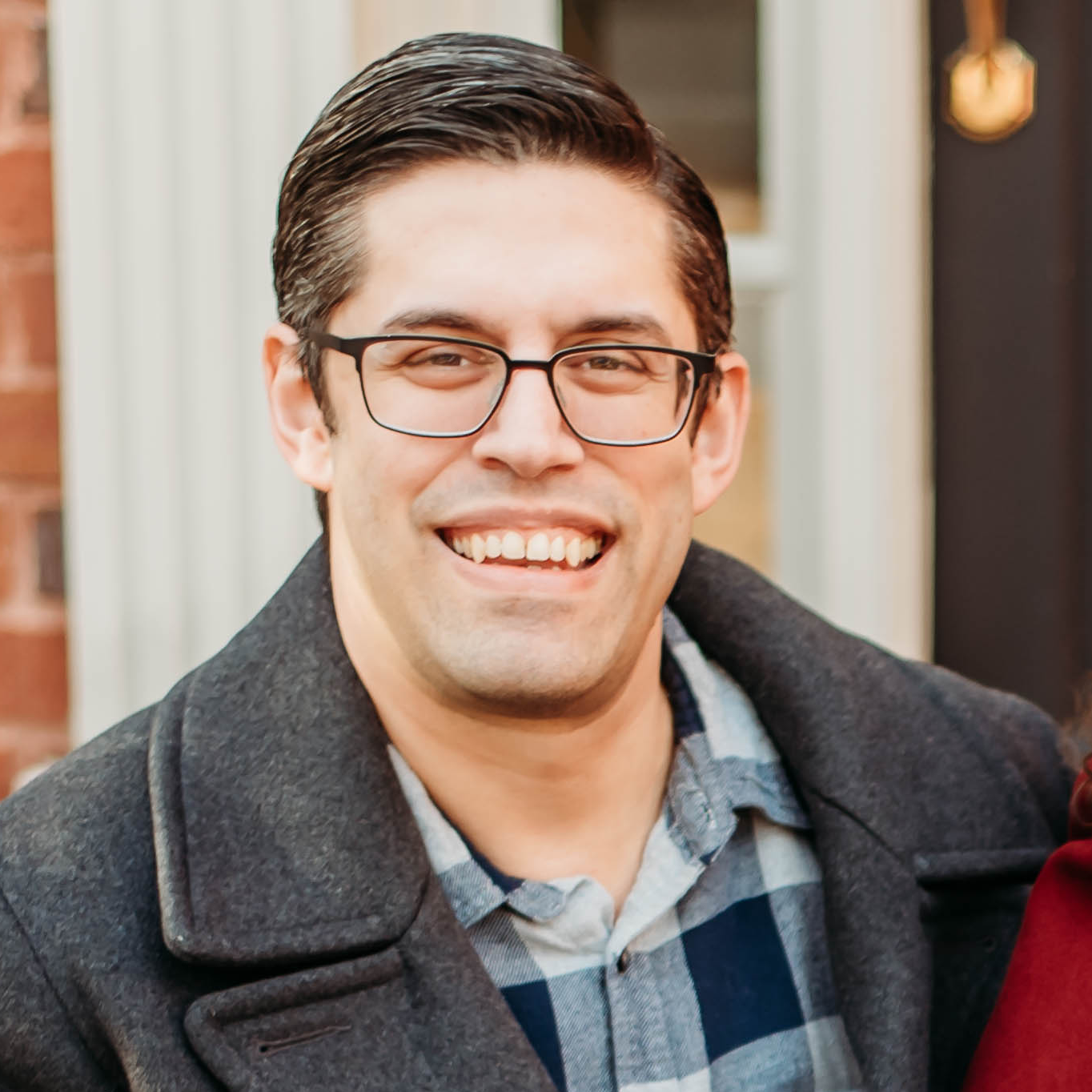Transcript of “Our Journey to the Moon”
Narrator: 50 years ago on the surface of the moon, far, far away, a man took one of the most famous steps in history.
Neil Armstrong: That’s one small step for man. One giant leap for mankind.
Narrator: The journey to the moon started in 1961.
President Kennedy: I believe that this nation should commit itself to achieving the goal before this decade is out, of landing a man on the moon and returning him safely to the earth.
Narrator: The price tag for the space program, over 120 billion dollars adjusted for inflation. So you can imagine, not everybody was on board.
But NASA was already hatching a plan to land an American on the moon. They named the project after the Greek god of archery, Apollo.
Over the years, spending ballooned, and scientists weren’t agreeing on a safe and reasonable method for their mission. The team eventually settled on a fairly complex sequence of maneuvers called the Lunar Orbit Rendezvous, or LOR.
Archival Film Voice: The Apollo spacecraft will consist of three modules. The command module will carry the three man crew together with guidance, communications, and life support systems. The service module will contain propulsion systems. The lunar excursion module will carry two crew members to the surface of the moon, along with scientific instruments, communications and guidance systems.
Narrator: Next, they had to develop the tech to send a lunar lander into orbit. Rocket scientists built and launched the first Saturn rocket in 1966. A rapid series of tests took flight from Florida’s Cape Kennedy over the next year. And in 1967, the first crewed test was scheduled to blast off. But then disaster struck.
During a pre launch test, the cabin caught fire, killing all three crew members. The failed mission was later named Apollo 1, to honor their memory. Despite the 20 month setback, testing continued, and Apollo 7 finally launched astronauts into space. This mission also made history as the first one to be broadcast live to the world.
Gene Kranz: One minute, 20 seconds into the flight, all systems go on the ground and in the air.
Narrator: A few months later, it was Apollo 8 where astronauts left the Earth’s orbit, and were the first to witness an Earth rise.
William Anders: Oh my God, look at that picture over there. There’s the Earth coming up. Wow, isn’t that pretty?
Narrator: But they returned to Earth without landing on the Moon. Two more missions brought us even closer, including hovering less than 50, 000 feet above the lunar surface. Finally, in the summer of 1969
Gene Kranz: T minus 15 seconds. Guidance is internal.
Narrator: Three astronauts, Michael Collins, Neil Armstrong and Buzz Aldrin buckled in for a history changing ride of their lives.
Gene Kranz: 4 3 2 1 0. All engine running. Lift off. We have a lift off. 32 minutes past the hour. Liftoff on Apollo 11.
Narrator: An estimated one million people gathered along Florida’s space coast to watch the historic launch of Apollo 11. 25 million more tuned into their TV sets around the world.
Walter Cronkite: Oh! It’s terrific! The building’s shaking
Narrator: The rockets circled the globe one-and-a-half times before aiming for the moon. It took three days to complete the almost 240, 000 mile journey. That’s equivalent to nearly 10 times around the globe. Apollo 11 circled the moon 30 times before the Eagle spacecraft separated from the mothership. and descended to the surface.
Neil Armstrong: Eagle has wings.
Gene Kranz: Roger.
Neil Armstrong: Looking good.
Narrator: Armstrong and Aldrin were on board the Eagle while Collins manned the command module from the safety of orbit.
Michael Collins: Eagle, we got you now. It’s looking good. Over.
Narrator: Next came the most dangerous part of the whole mission.
Gene Kranz: You’re a go to continue power descent.
Narrator: The world watched in awe as Houston directed the Eagle to the cratered surface of the moon.
Neil Armstrong: Tranquility base here. The Eagle has landed.
Gene Kranz: Roger tranquility. We copy you on the ground.
Narrator: Armstrong opened the hatch, climbed down the ladder and then
Neil Armstrong: That’s one small step for man. One giant leap for mankind.
Narrator: Aldrin joined him a few minutes later.
Buzz Aldrin: Beautiful view.
Neil Armstrong: Isn’t that something?
Buzz Aldrin: Magnificent desolation.
Narrator: The moonwalk lasted 2. 5 hours. The astronauts left behind an American flag and a plaque that reads
Neil Armstrong: Here men from the planet Earth. First set foot upon the moon. July 1969 AD, We came in peace for all mankind.
Narrator: Days later, the crew splashed down in the middle of the Pacific, and the world celebrated the start of a new era.
We landed on the moon five more times between 1969 and 1972. Apollo 17 was the last mission to the moon, and the crew left behind a lonely camera for broadcasting.
Since then, we haven’t been back. Not even once. Will we ever return? Well, the Trump administration vows to get us back to the moon and beyond in the next five years.
President Trump: It is America’s destiny to be at the forefront of humanity’s eternal quest for knowledge, and to be the leader amongst nations on our adventure into the great unknown.
Narrator: Private companies like Jeff Bezos Blue Origin and Elon Musk’s SpaceX will play a big role in getting us back into space and taking the next giant leap.
===END===
